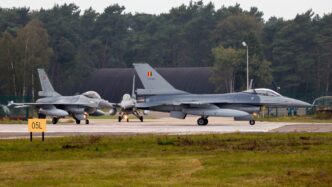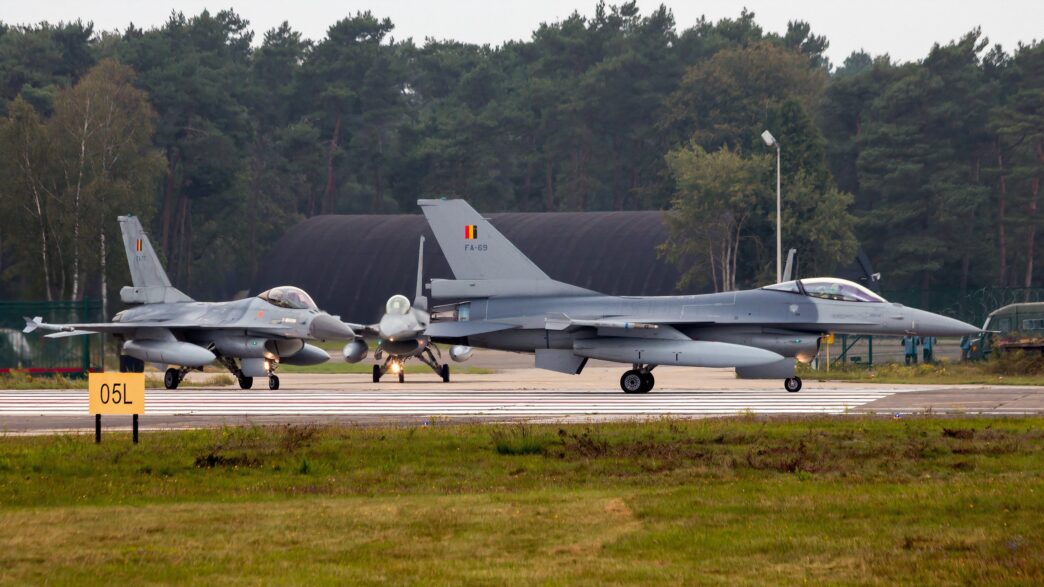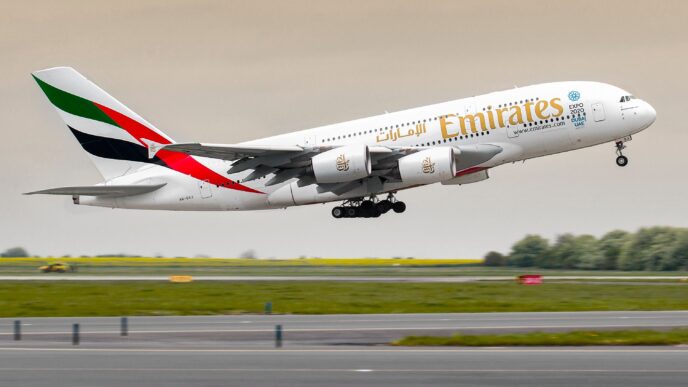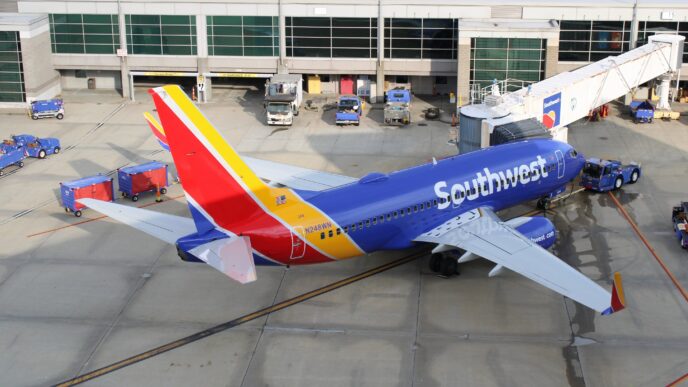For the third time in a week, U.S. military jets have been called into action to intercept a Russian aircraft in the Alaskan Air Defense Identification Zone (ADIZ), according to ABC News. Although the Russian plane did not enter U.S. airspace, these repeated encounters highlight the ongoing tensions between the U.S. and Russia amid a period of global instability. The North American Aerospace Defense Command (NORAD) confirmed that a Russian Ilyushin IL-20 was detected near U.S. territory. In response, NORAD dispatched two F-16s, two Boeing KC-135s, and an E-3 Sentry to assess the situation. While the flight itself was routine, it marked the third such incident in just a week.
The first interception took place on August 20, when NORAD identified a Russian IL-20 reconnaissance aircraft entering the ADIZ. This Cold War-era turboprop, designed for electronic surveillance, is often used by Russia to keep tabs on U.S. military activities in the Pacific. American F-16s were sent to monitor the aircraft until it left the zone. The Ilyushin did not violate U.S. or Canadian airspace, and NORAD has not suggested any hostile intent. The following day, another Russian reconnaissance plane was detected, prompting a similar response. The third encounter happened later in the week, with U.S. fighters once again being scrambled. Officials noted that while such interceptions are not rare, the frequency of these recent incidents is unusual.
Historically, NORAD has regularly intercepted Russian aircraft near Alaska, a region that has been a focal point since the Cold War due to its proximity to Russia’s Far East. Typically, only a few interceptions occur each year, often coinciding with major geopolitical events or heightened tensions. The fact that three interceptions happened in one week is raising concerns about Russia’s motives, with some speculating that these flights are a form of political posturing.
#USRussiaTensions #NORAD #AirDefense #GeopoliticalStability
Originally reported by Simple Flying Read More













